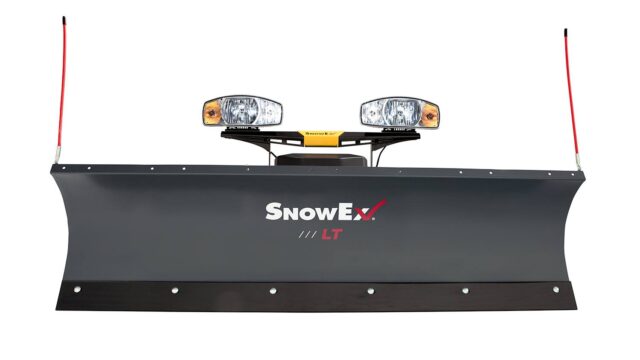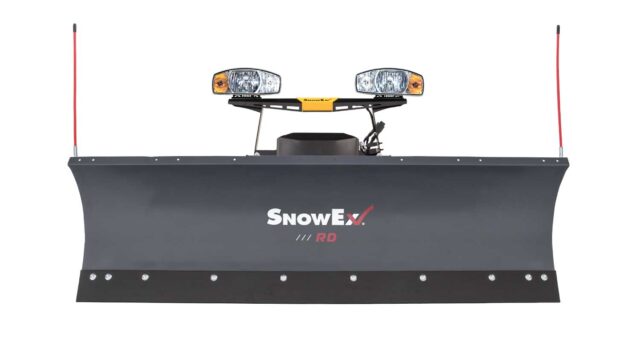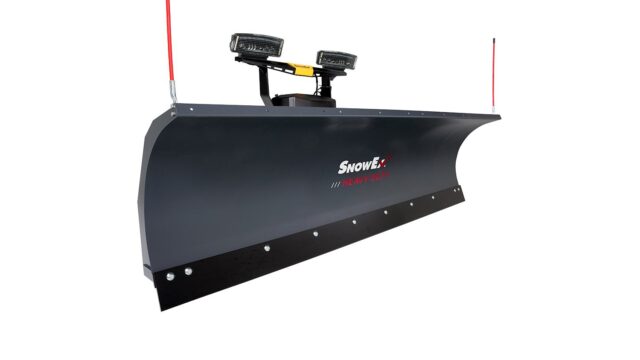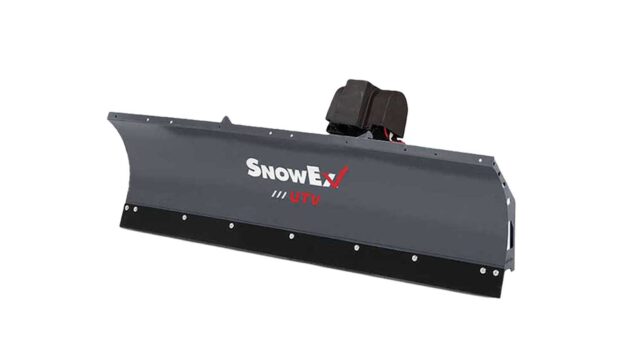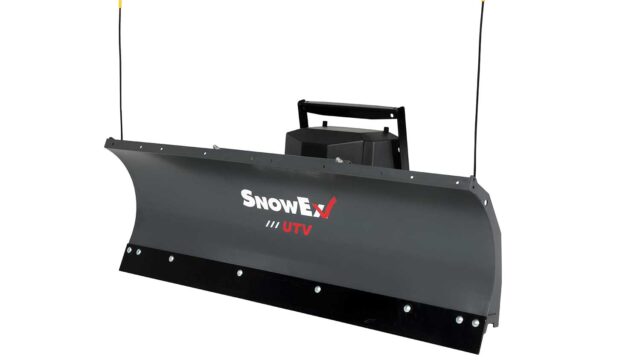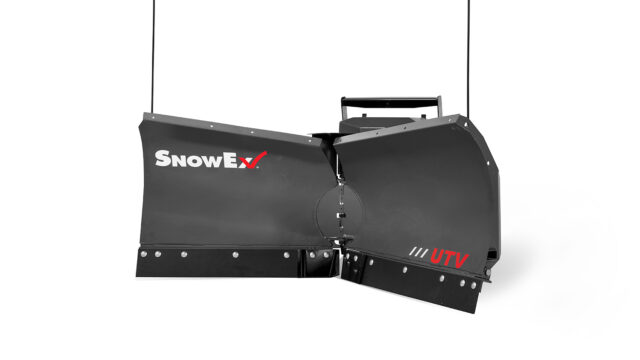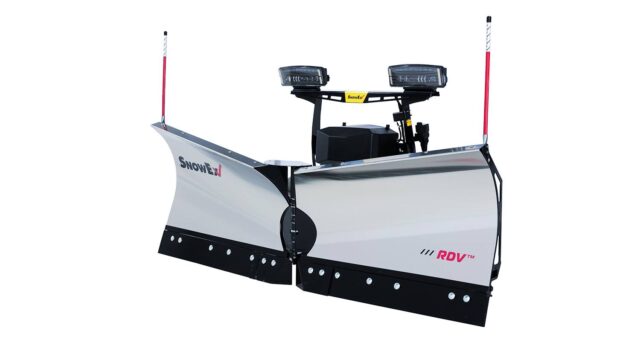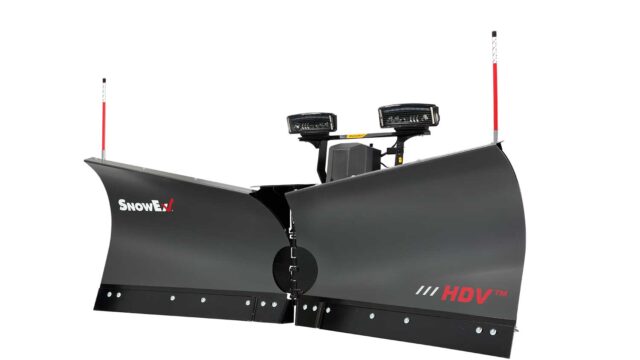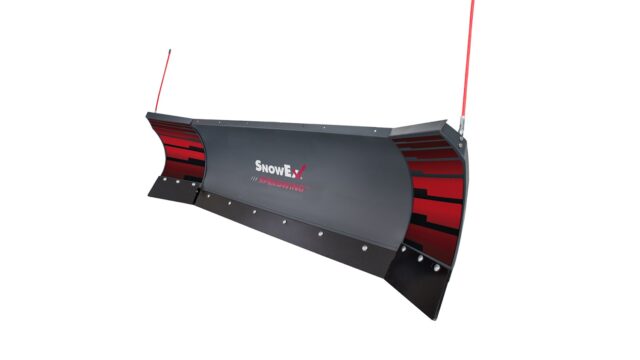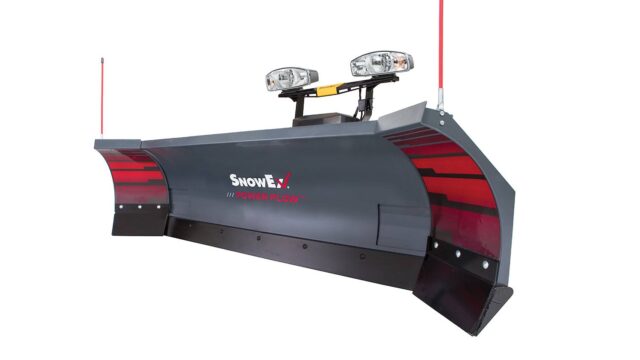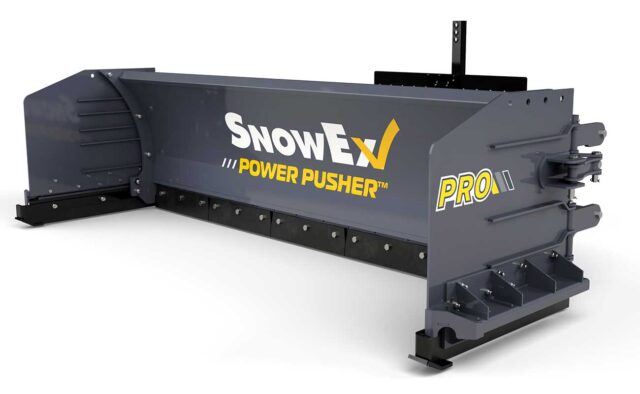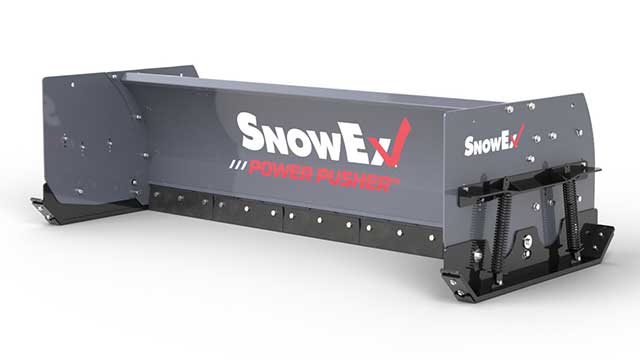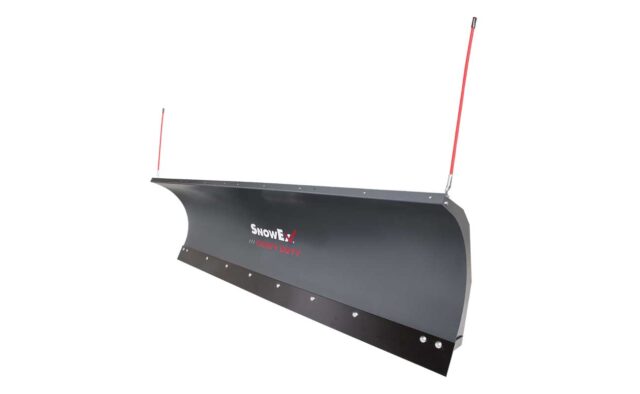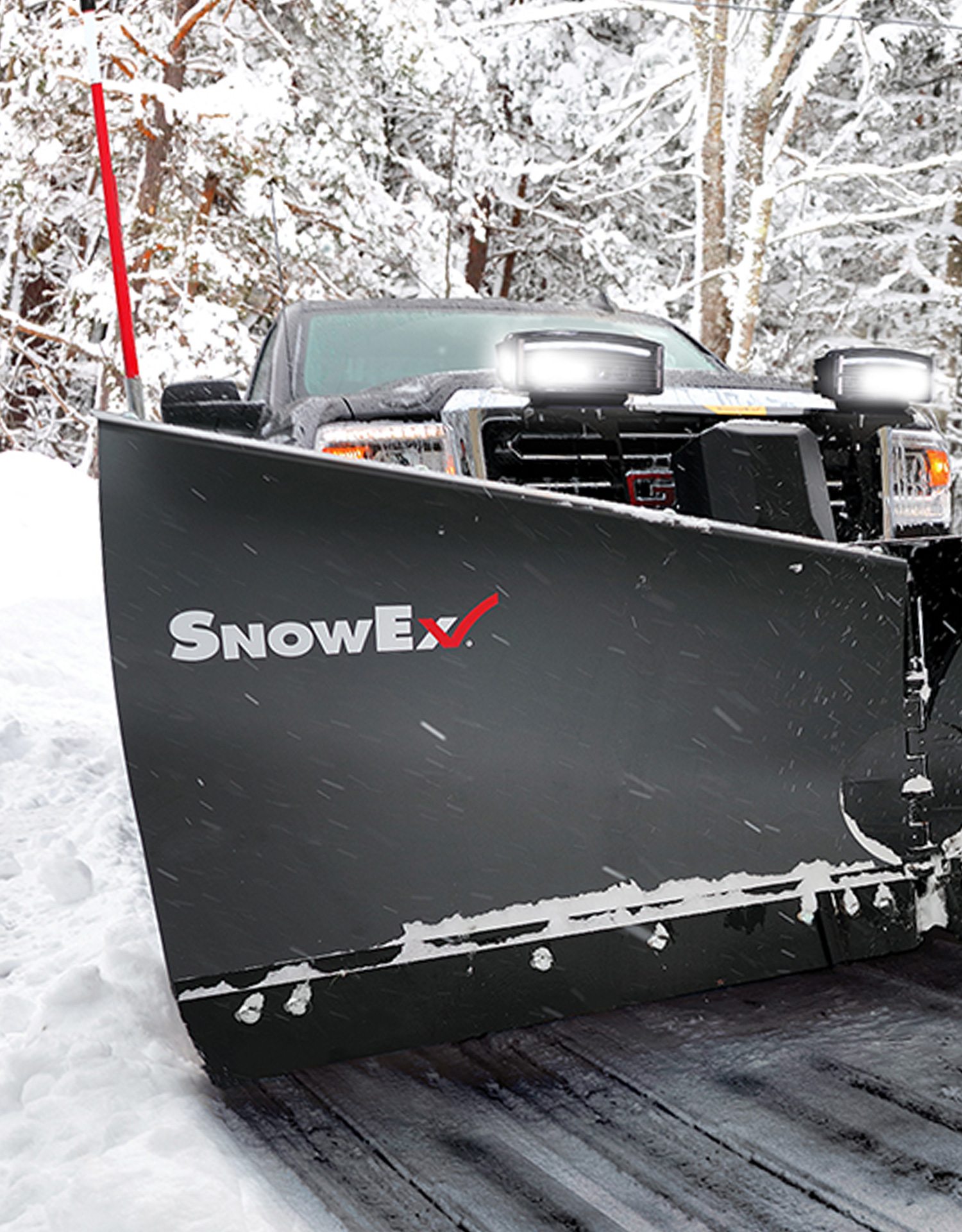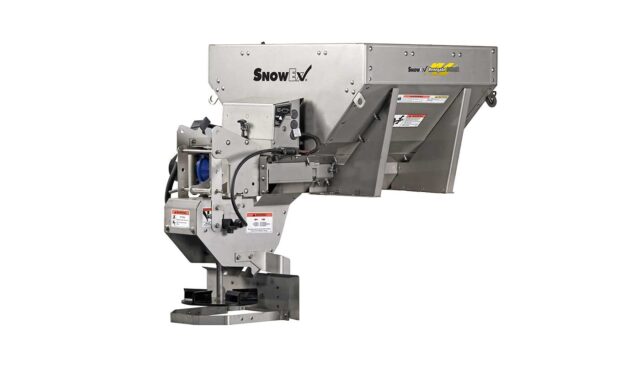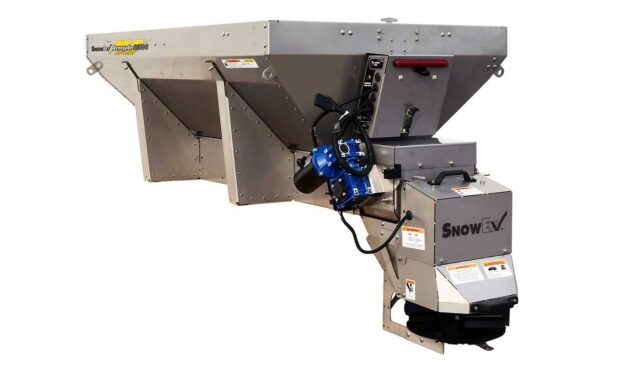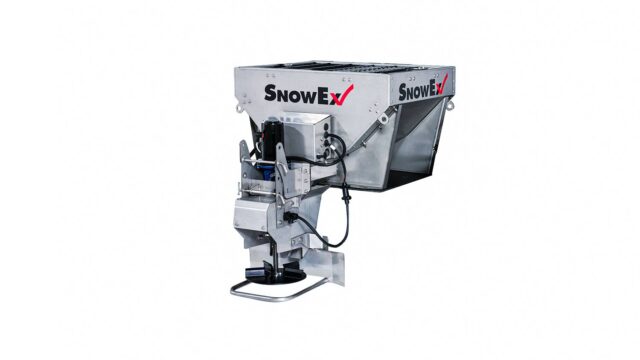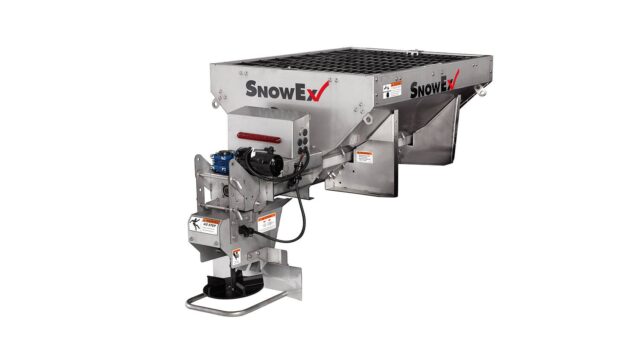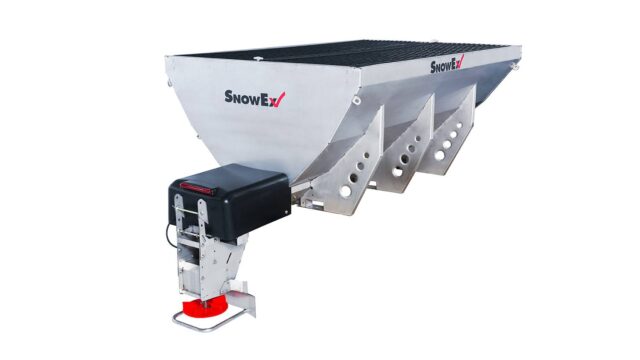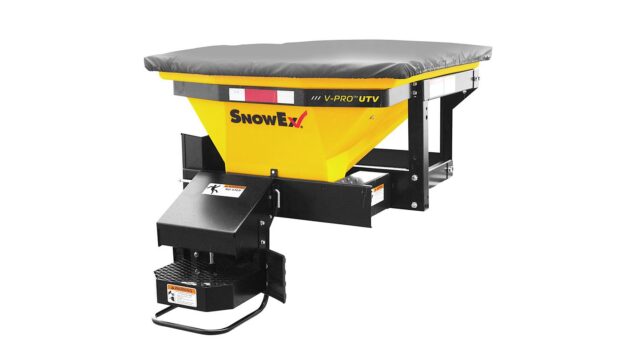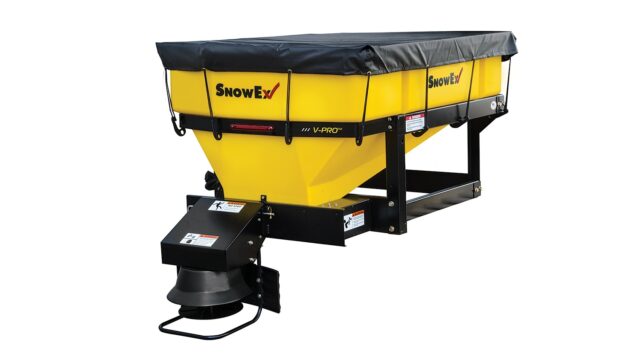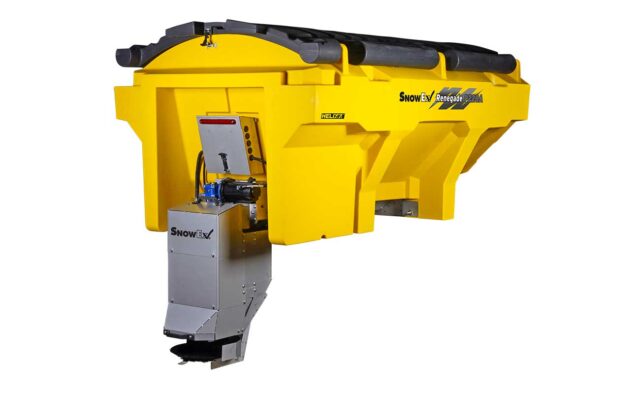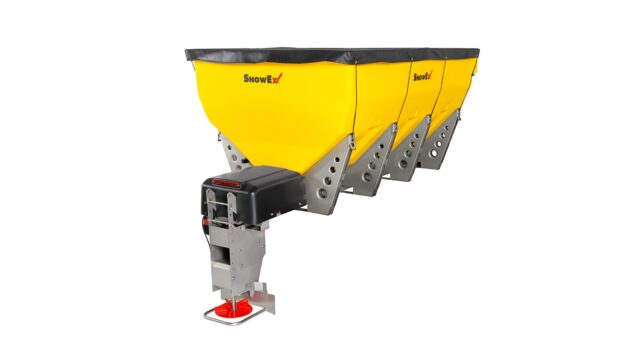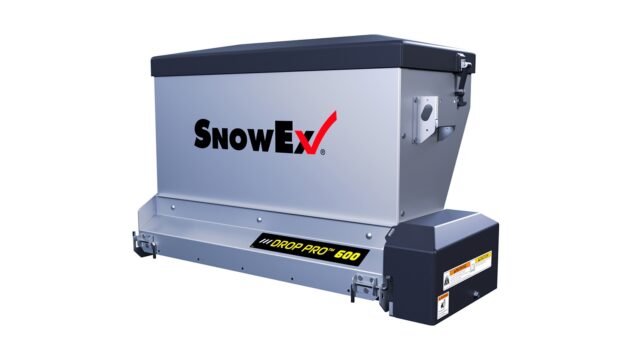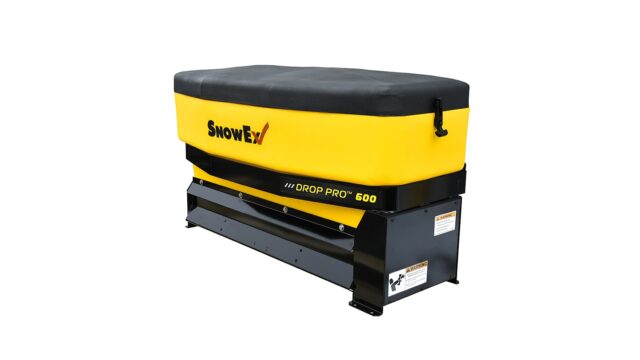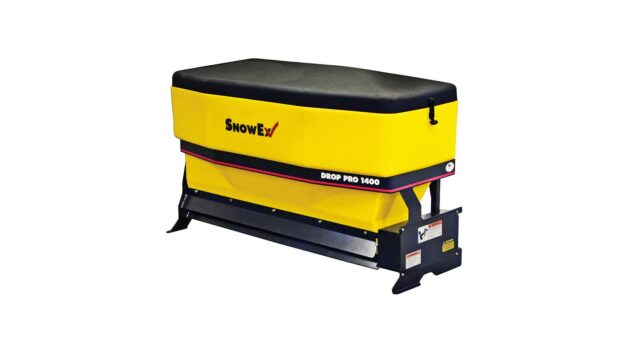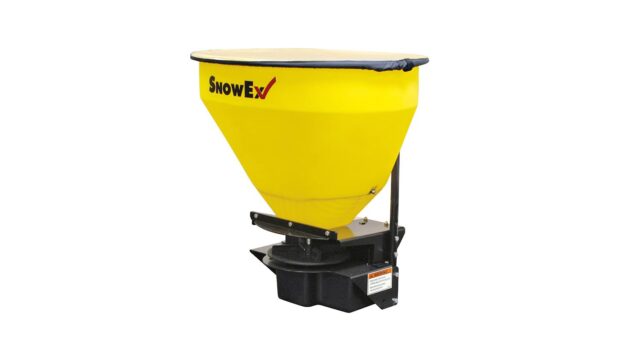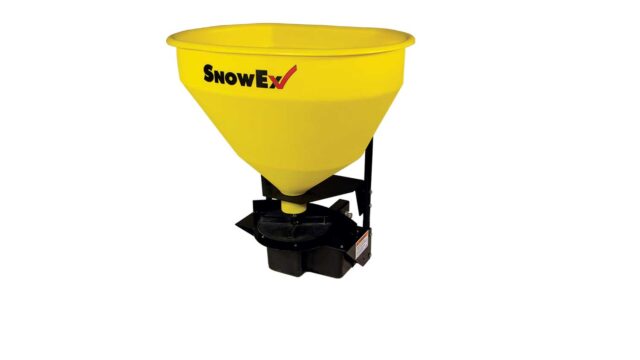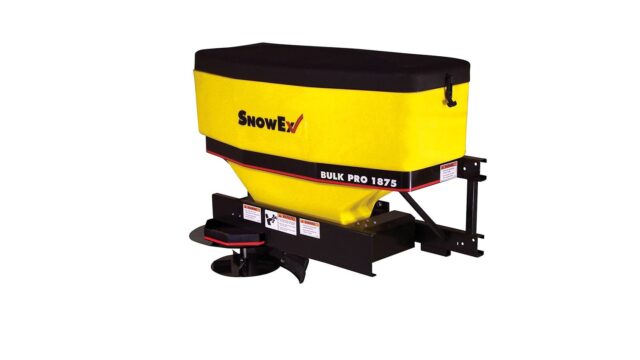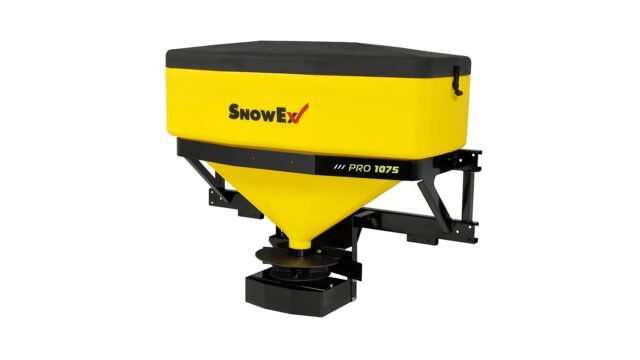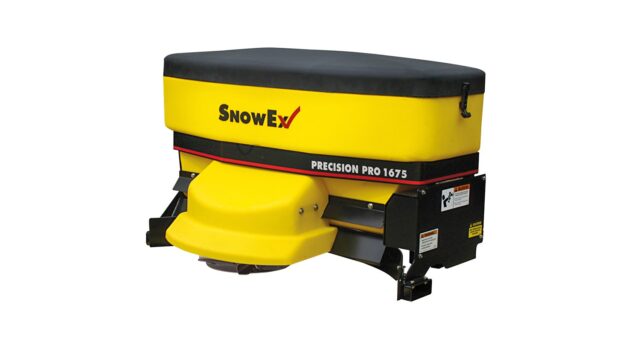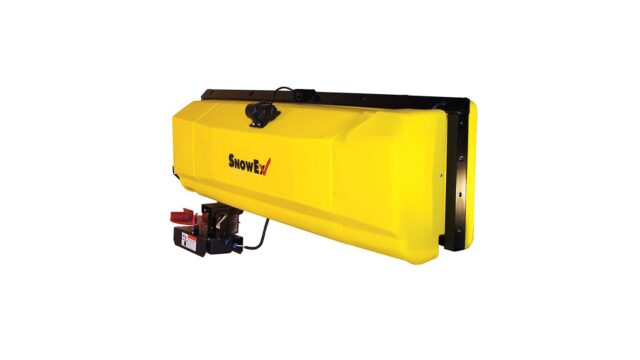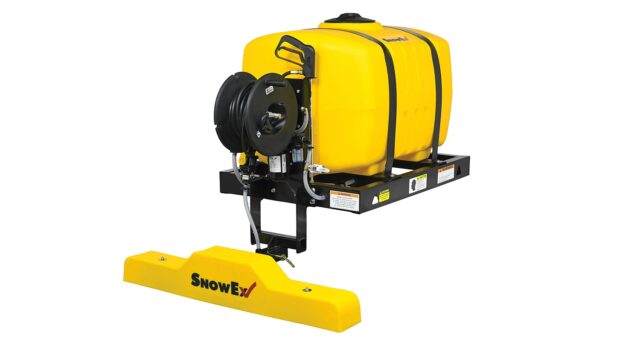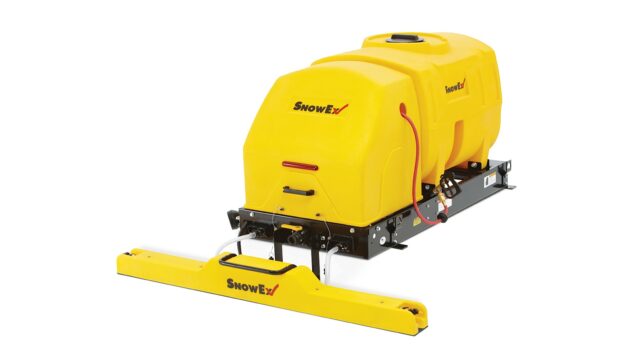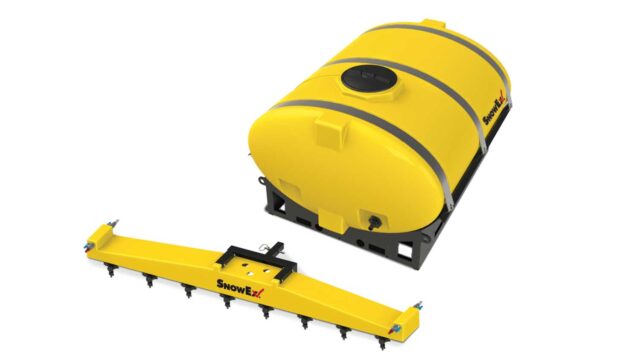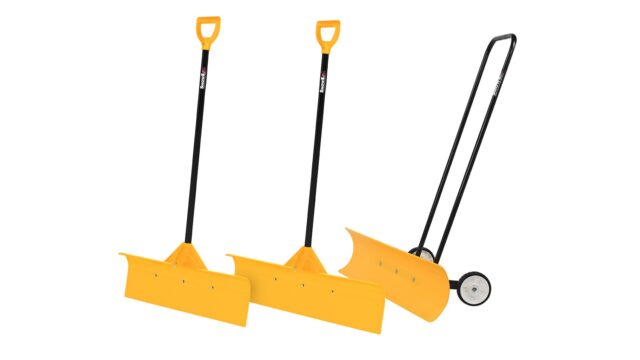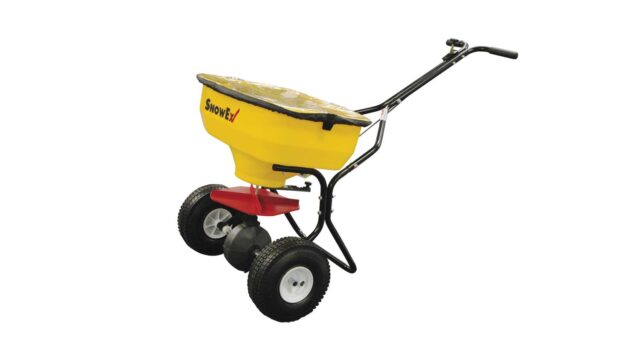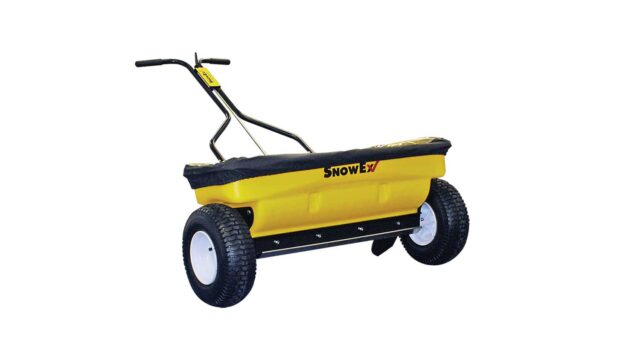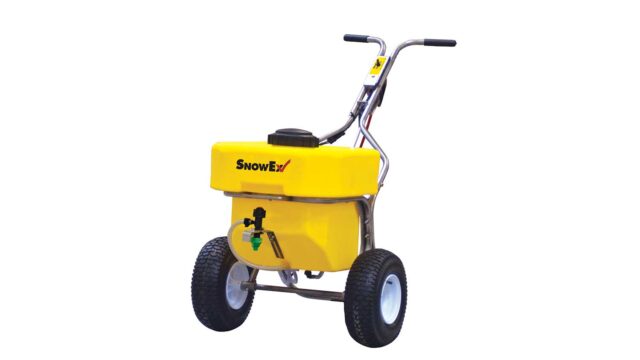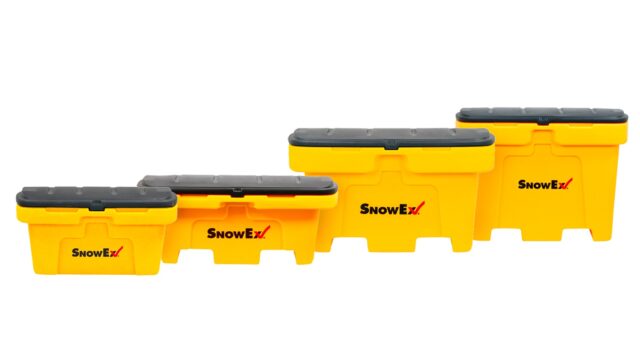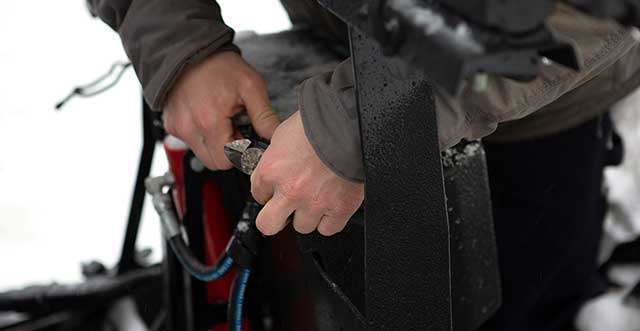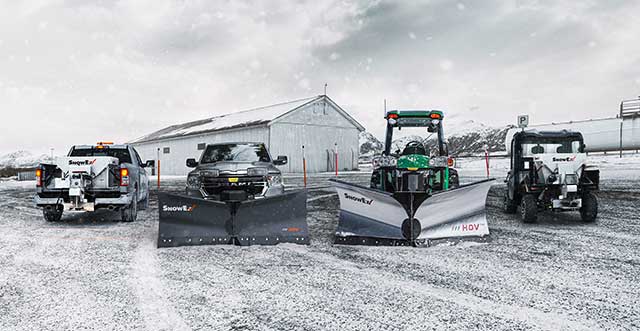Pre-Wetting/Anti-Icing Case Study: Berns Landscaping Services
Created March 26, 2020
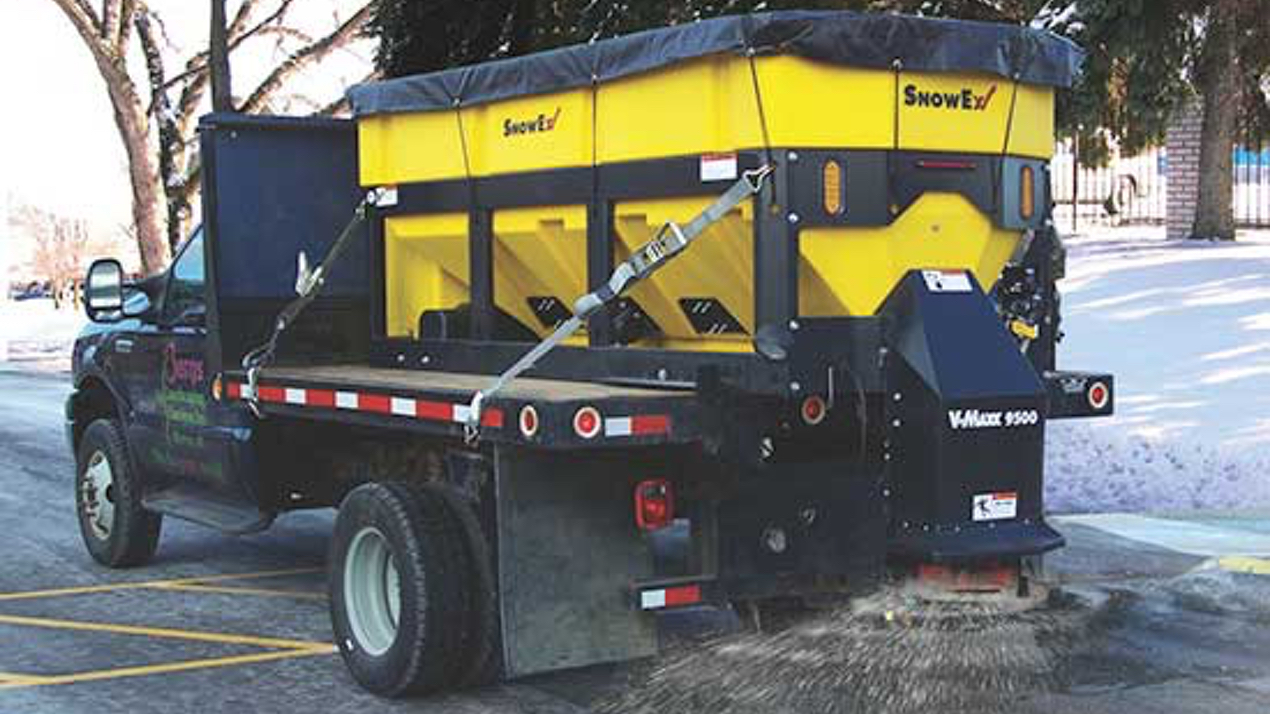
Located in Warren, Mich., Berns Landscaping Services, Inc. is one of the snow and ice management firms that is taking a proactive approach and adapting to salt supply challenges. Originally founded in 1982, the company began extending its offering in 1986 to include snow and ice management. Jim Berns, founder and president of Berns Landscaping Services, takes great pride in his commitment to learning the newest technology. And one of his most recent advancements began while investigating ways to combat the salt shortage.
Extreme Salting Costs
“In the winter of 2007-2008, we were paying about $40 per ton for salt,” said Berns, “and I’ve recently seen it jump as high as $140.” When it cost $40, he would buy salt as he needed it throughout the course of the year, and he was allowed 30 days to pay the bill. “But last season,” he said, “I needed to buy all of the salt they would sell me and take delivery in September. It was only about 40 percent of what I had purchased the previous year, and I had to pay before it even came to my yard.” Faced with rising overhead costs and supply shortage, Berns looked toward a new pre-wetting trend to ease his problems and began getting his feet wet with spraying services.
Save Money & Material When Pre-Wetting Salt
To do so, he complemented his SnowEx® Vee Maxx™ spreader with an Accuspray™ system, which sprays brine on granular deicing material before it hits the spreader’s spinner—hence the term “pre-wetting.” This practice was traditionally used by municipalities, but in the wake of the salt shortage, some private contractors started discovering the benefits for themselves.
Berns uses a brine solution comprised mainly of calcium chloride, but it also contains small percentages of potassium chloride, magnesium chloride and sodium chloride. After the brine is sprayed on granular material, it is more likely to cling to the target surface, rather than bouncing or blowing away. This helps minimize material waste and achieve a consistent application on the lots. “I’m not putting too much salt down and getting a white parking lot,” he said. However, the biggest benefit has been the significantly lower material costs. In fact, by pre-wetting, Berns reduced his salt usage by 50 percent.
Additional Salt Pre-Wet Advantages
Additionally, pre-wetting produces quick results in cold conditions. To work, deicing materials need to attract sufficient moisture from the environment, but when temperatures drop below freezing, there is little moisture available for salt to initiate melting. Pre-wetting the salt ensures that enough moisture is present to facilitate the process, and the results are noticeable. “When I look at my lots after we do a pre-wetted salt, it can be 15-degrees Fahrenheit and my lots are wet,” said Berns. “I look at competitors who are just using salt, and their lots still have snow cover and slush.”
Become Proactive With Anti-Icing Strategies
The new equipment also provides Berns with further versatility, allowing him to offer anti-icing services to clients. Besides the nozzle that sprays brine onto granular material, the Accuspray is equipped with two additional nozzles that spray brine directly onto the ground. But instead of performing this service after ice has formed, anti-icing involves spraying brine on the surface before a snow event, helping to prevent a bond from forming between the ice and pavement. “You’ve got brine working into the concrete pores, and it helps prevent those slippery conditions from initiating,” Berns said. “That’s when it really shines.”
Among his client base, Berns maintains some properties that keep a zero-tolerance policy toward ice on their lots. To enhance the quality of work he provided for these clients, Berns began using his Accuspray to its full potential and included anti-icing treatments within the service package he offered them. Today, approximately one quarter of Berns’ clients currently receive anti-icing applications, but he hopes to continue developing this service.
After receiving anti-icing treatments, Berns’ clients have been pleased, but they aren’t the only ones who are impressed. He has found benefits for his business as well. “If we can do a good anti-icing application and get an inch of snow or less,” he said, “we may not have to plow.” However, if the snowfall is more significant and plowing is required, his job is a lot easier. Without a bond between the ice and pavement, he can quickly clear his lots to the pavement.
Continue Improving Your Liquids Technique Over Time
Although he has offered pre-wetting and anti-icing for a couple seasons now, Berns continues to learn how to maximize his effectiveness. For example, while he has been extremely pleased with the performance of his new system in cold conditions, he uses caution when the mercury rises above 31-degrees Fahrenheit. When the temperature rests between 32 and 35 degrees and the pavement is warm, he chooses not to do pre-wetting or anti-icing. Otherwise, the brine tends to create somewhat slimy conditions on the pavement.
As Berns adopts new business practices, he also educates his clients in order to sell them on the service. “I talk about the effectiveness of pre-wetting and about being good for the environment because of the reduced sodium chloride, or rock salt, that we have to use,” he said. “Our business model is being as holistic as we can and careful with the environment.”
However, as the economy turned sour, Berns found some clients becoming more concerned about cost. But that’s when it’s key to remind them that safety is of primary importance. When times get tough, people get desperate, and lawsuits become more prevalent. “My aim is to keep our lots safe, so our clients don’t have people slipping and falling or getting in accidents,” he said. “And we’re able to better achieve that with pre-wetting and anti-icing.”
Advanced Ice Control Technology & Client Satisfaction
In addition to enjoying the benefits of pre-wetting and anti-icing services, clients of Berns Landscaping Services find peace of mind knowing the company keeps current with the latest industry technology. And by providing outstanding customer service along with the best technology available, Berns manages to weather the tough economy and keep clients happy, which is the company’s main goal. “If a client’s parking lot isn’t cleared down to the pavement, they’re not happy,” he said. “Guess what—I’m not happy either.” His philosophy has paid off, and Berns boasts a client retention rate high enough to gain the respect of any contractor: 95 percent.
In the face of a salt shortage and other economic challenges, progressive snow and ice management firms positioned themselves for success, rather than assuming the fetal position. Berns Landscaping Services took its progressive approach in the form of new pre-wetting and anti-icing practices, and by doing so, Berns has seen multiple benefits. “We reduced the amount of salt we used and at the same time gained the ability to have our lots wet at cold temperatures,” he said. “That’s a combination that works very well.”
